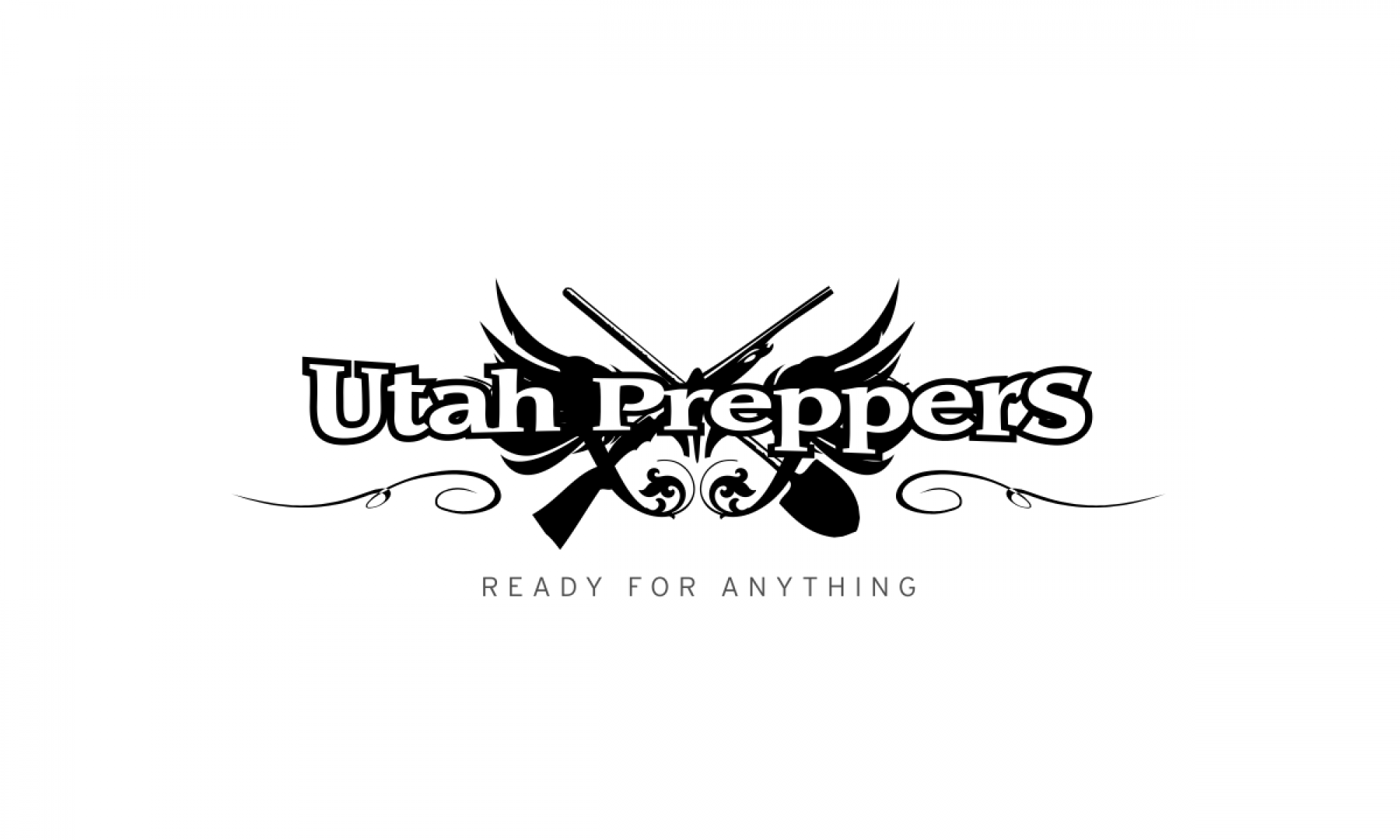Utah is abundant with wild edible plants, often referred to as weeds in our yard or garden and also more nutritional than what we have in the grocery store. Many of the wild edibles available to us are not native but were brought here by pioneers from Europe and the mediterranean. Of course many of the wild edibles are native to the area as well. The Sego Lily was used by natives for centuries as a staple food and helped save the lives of the pioneers when they came to this state starving in 1848 and 1849. The bulbs they harvested were plentiful and generally larger than we see today. This is likely because the native peoples harvested the plants often and that action helped the plants continue to produce just are caring for our gardens helps our vegetables grow. Now that we leave the native plants alone and don’t know how to use them they often show very little fruit.
Proper foraging is something that we must understand in order to continue to use these plants wisely and for us and the plants to benefit. Learning about these wild edibles and how and when to harvest them will make us better stewards of the land around us and will also prepare us for tough times or simply allow us to live more healthy now. You would be surprised how many things are readily available to us in the wilderness of Utah, even in the desert. Some of the great spring edibles include, Mariposa lily, Yellow bells, Wild onion, Storksbill, Dune Evening primrose, Indian potato, Curly dock, Blue mustard and Wild spinach often known as Lamb’s quarter.
Come learn with Mike Wood from WildUtahEdibles.com and supplement your diet. Learn how to use the plants that grow easily around you and learn what weeds you can throw in your salad. You will be amazed and thrilled by the many edible and indeed delicious plants there are around you.
Our next wild edibles tour is April 26th at 12:00 noon. Exact location and details will be made available through our facebook page closer to the actual date but this tour will be in the Utah desert either in Saratoga Springs or in Eagle Mountain. Bring your friends and bring the family. This is an event you don’t want to miss.
Mike Wood
www.WildUtahEdibles.com
https://www.facebook.com/wildutahedibles

